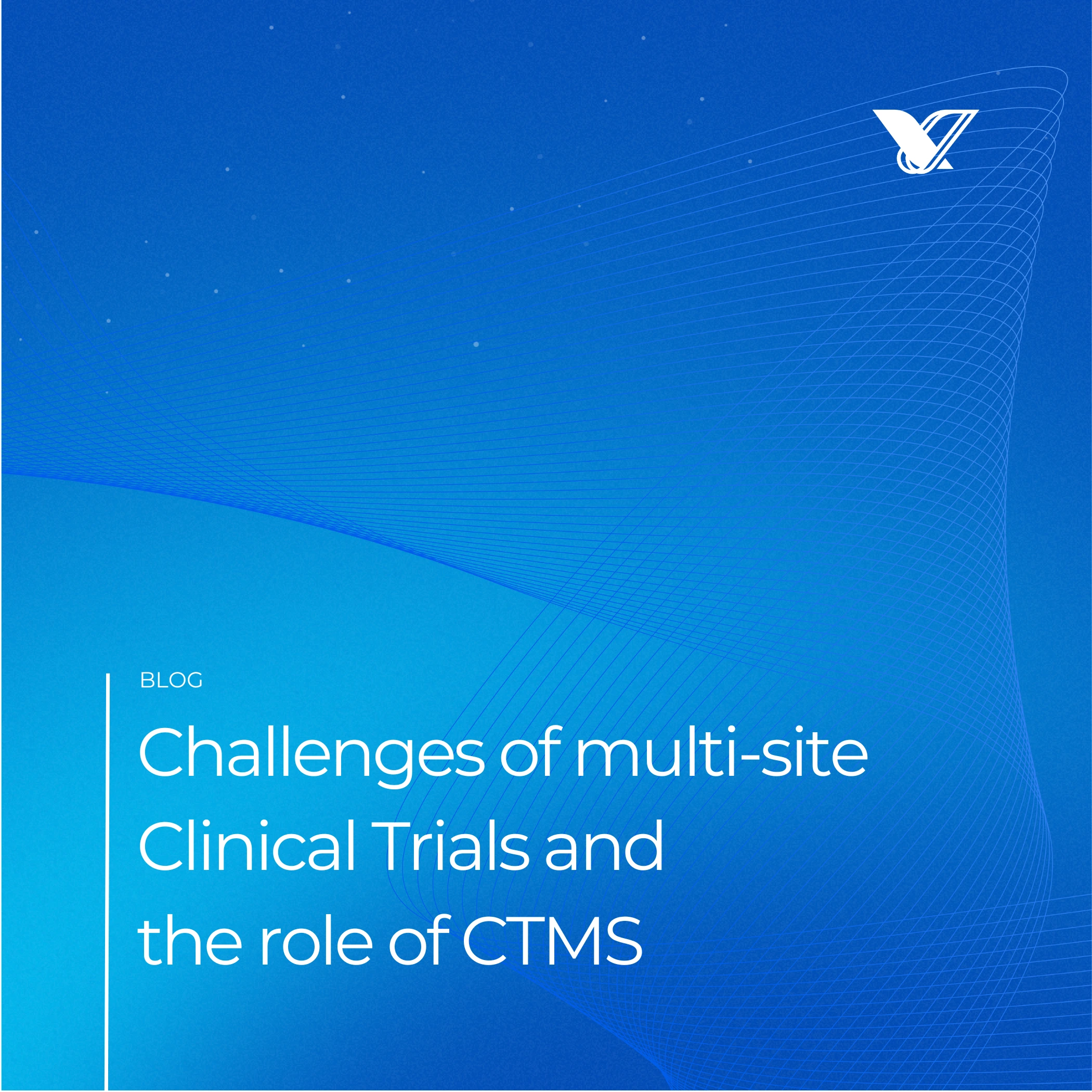Bringing science and humanity: How systems thinking should shape clinical trial execution

Nearly 80% of trials fail to meet enrollment targets, while average cost overruns exceed 16% in multi-site studies. These inefficiencies stem from fragmented communication, variability across sites, and limited central oversight.
Clinical Trial Management Systems (CTMS) help address these challenges by standardizing workflows, improving coordination, and providing real-time visibility across study locations. This article outlines key failure points in multi-site trials, and how CTMS platforms reduce operational and compliance risk.
1. Planning Delays Begin with Misaligned Site Selection
Site-related issues are a leading contributor to trial delays. Studies show that nearly one in five initiated sites never enroll a single patient, often due to limited engagement during feasibility assessments. Without early collaboration, sponsors risk selecting sites that lack sufficient resources or patient access.
IRB coordination further compounds delays. Centralized IRBs typically offer faster turnaround approvals within seven days compared to five weeks at local IRBs. Missed review cycles or minor errors in consent forms can stall study start-up for weeks.
CTMS supports this phase by:
- Centralizing documentation and version control
- Standardizing site selection with performance-based data
- Automating IRB submission tracking and deadlines
- Streamlining contract and budget workflows
2. Execution: Managing Communication and Staff Turnover
Once activated, trials must maintain consistency across all locations. But variable communication and high staff turnover make that difficult. In 2021, turnover among clinical trial associates reached 32%, disrupting workflows and increasing compliance risks.
CTMS improves operational control through:
- Real-time dashboards for protocol adherence and enrollment
- Task tracking and automated alerts for study milestones
- Remote access to documentation and training resources
- Centralized monitoring for early issue detection
These features reduce administrative burden while enabling proactive oversight.
3. Ensuring Data Quality and Compliance
Data entry errors remain a silent threat in clinical research. Studies reveal that error rates in clinical databases can reach up to 27%, especially in fields requiring interpretation. Inconsistent or missing data not only affect study power but may introduce bias into final results.
CTMS strengthens data integrity by:
- Automating data validation and discrepancy alerts
- Providing a centralized source for all trial data
- Enabling real-time visibility into protocol deviations
- Supporting audit readiness with structured trails
4. Supporting Site Engagement and Retention
Sustained engagement across sites is key to trial performance. CTMS tools foster collaboration by reducing administrative load, offering transparent performance metrics, and enabling structured feedback.
Features such as milestone tracking, recognition mechanisms, and integrated technology reduce site fatigue and improve adherence to trial timelines.
Conclusion
Multi-site clinical trials face structural and operational barriers that challenge their success. CTMS platforms offer a strategic foundation to manage complexity, ensure compliance, and deliver more predictable outcomes.
Organizations that adopt modern CTMS tools report improved enrollment, reduced deviations, and stronger site engagement, positioning themselves for more efficient and reliable study execution.
More from Vilintra



.webp)
.webp)

